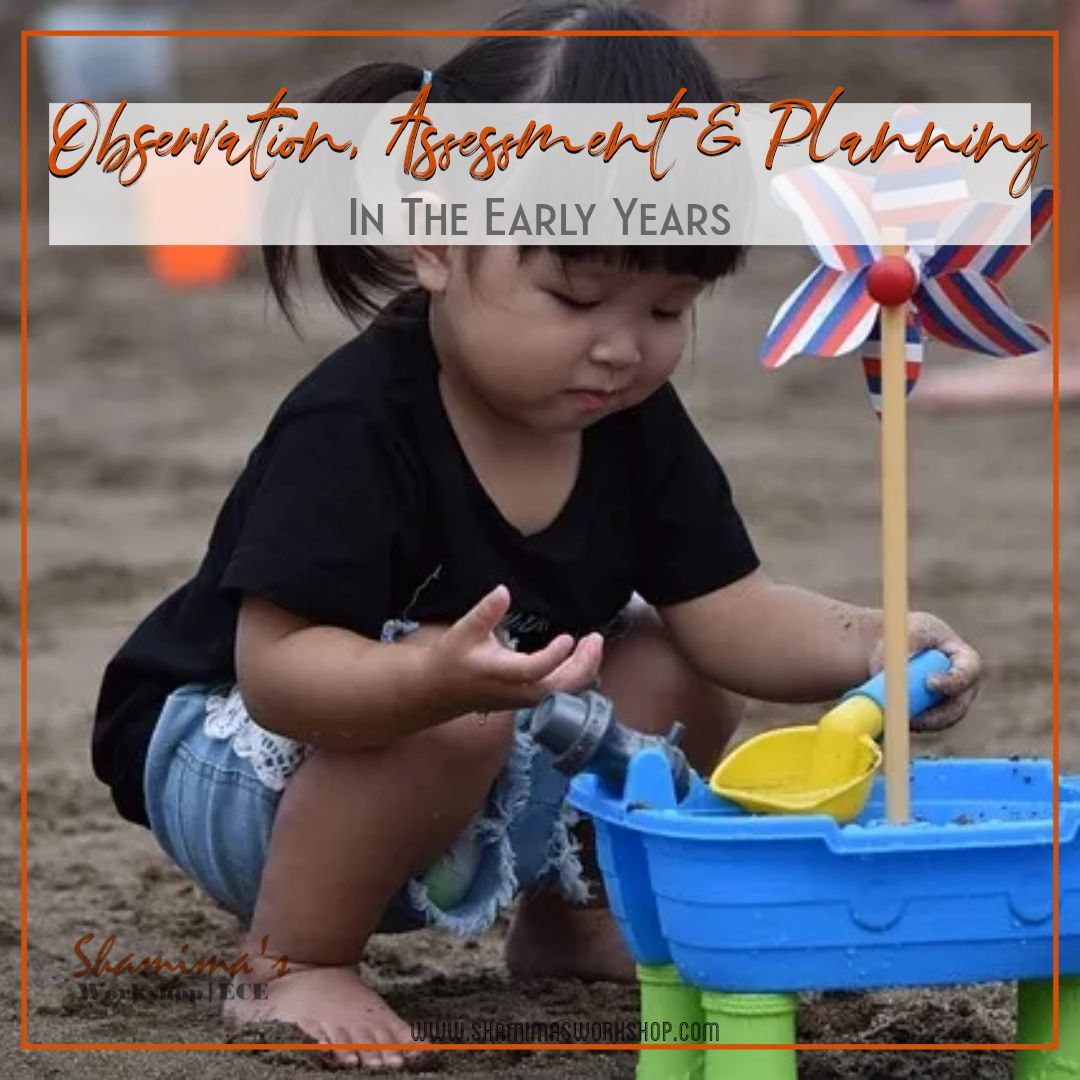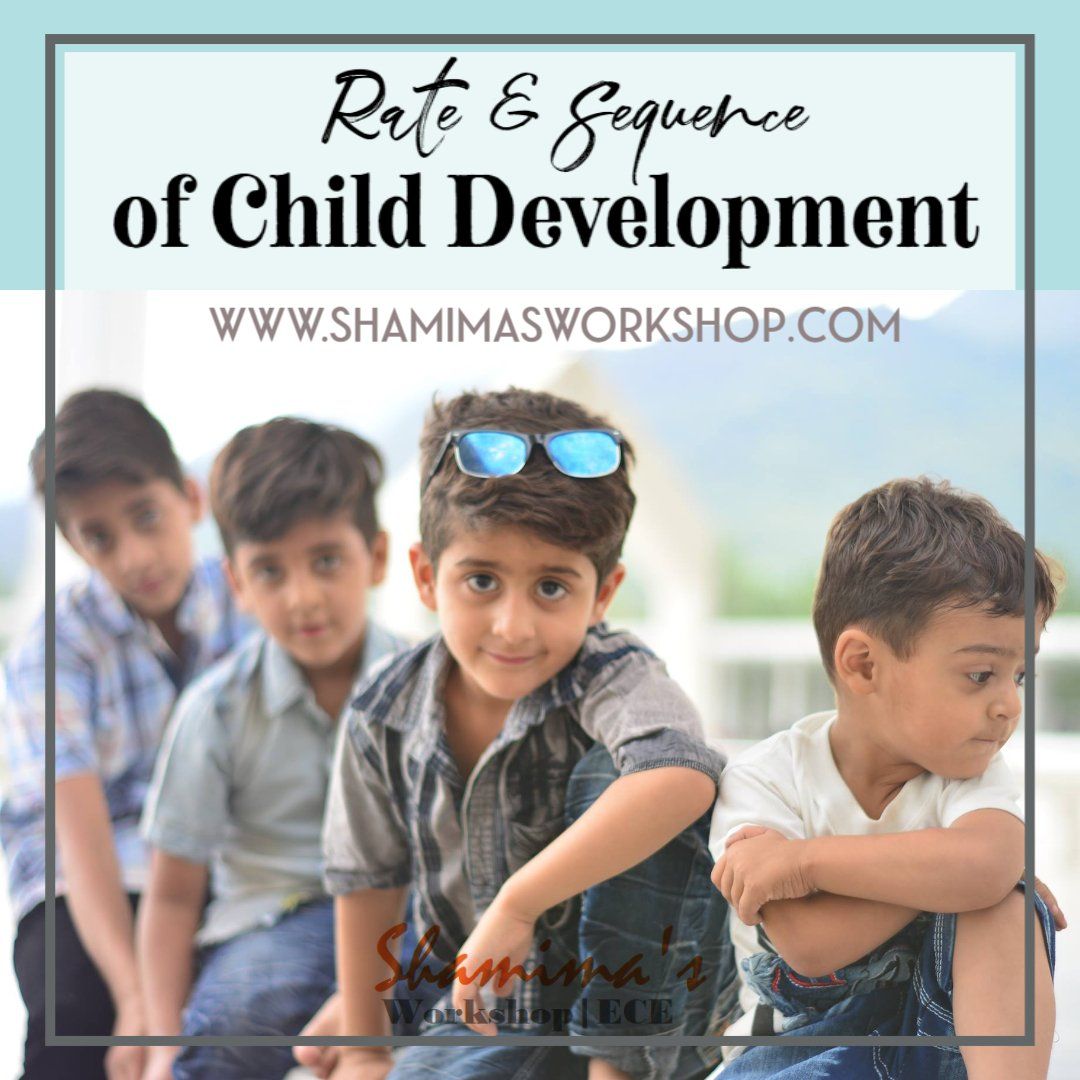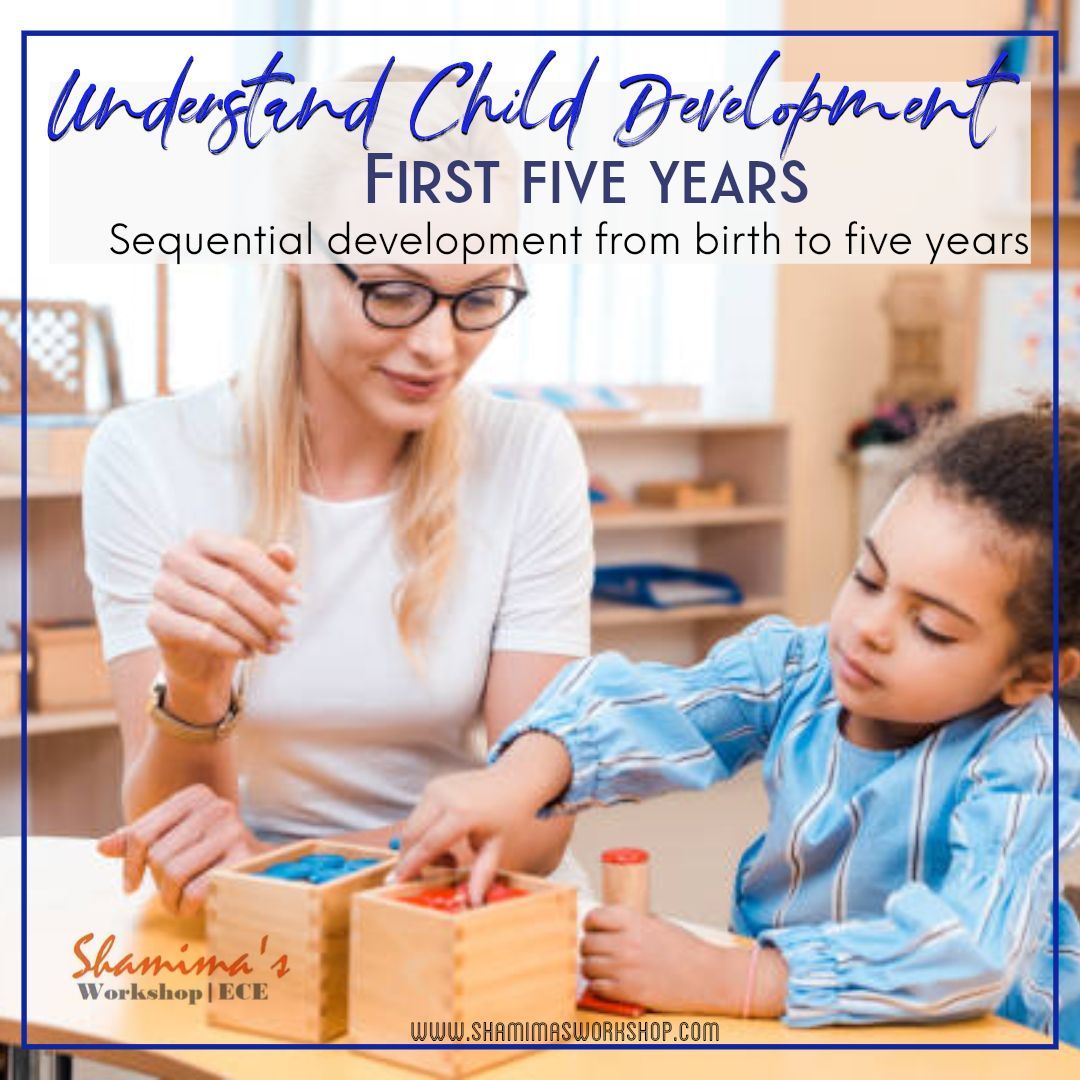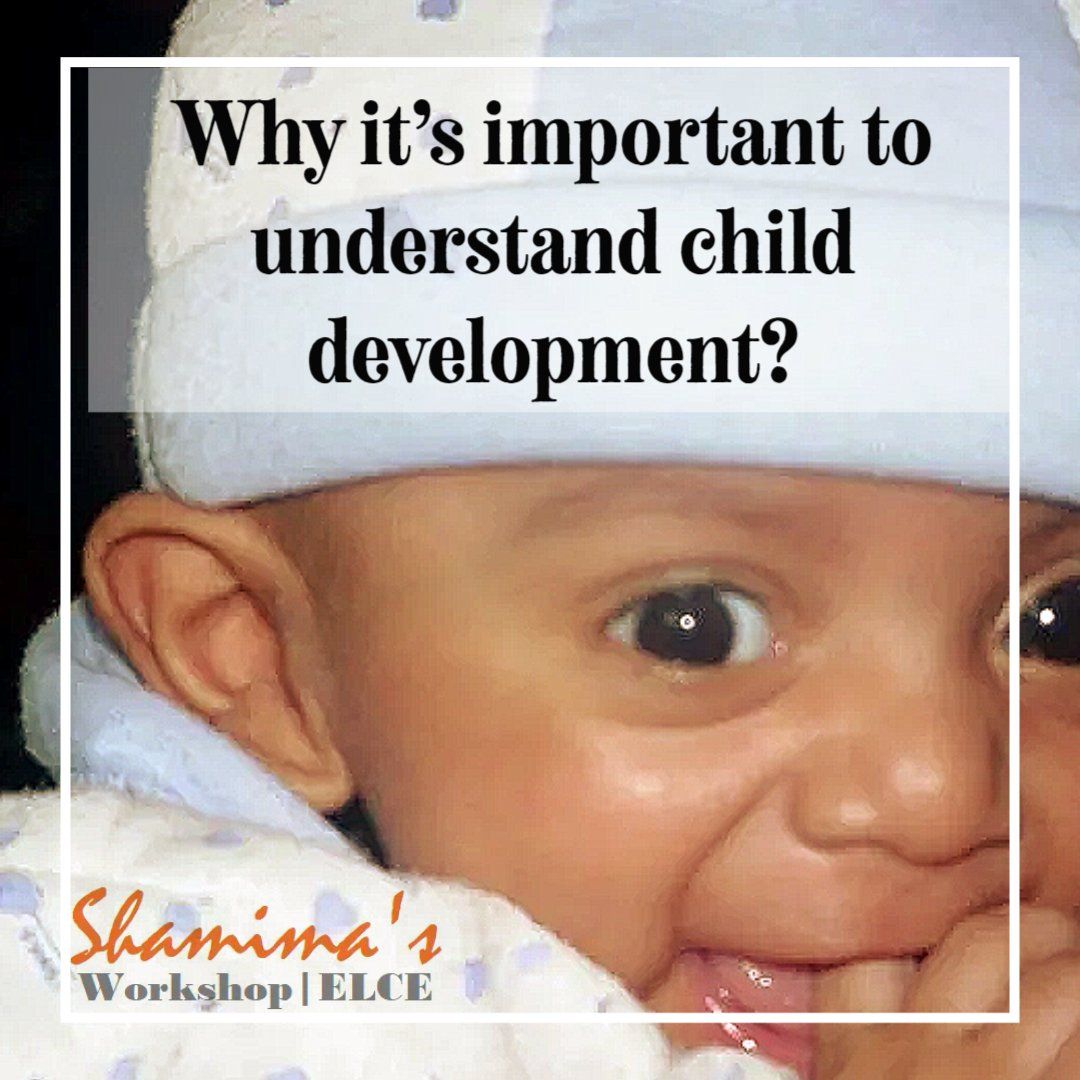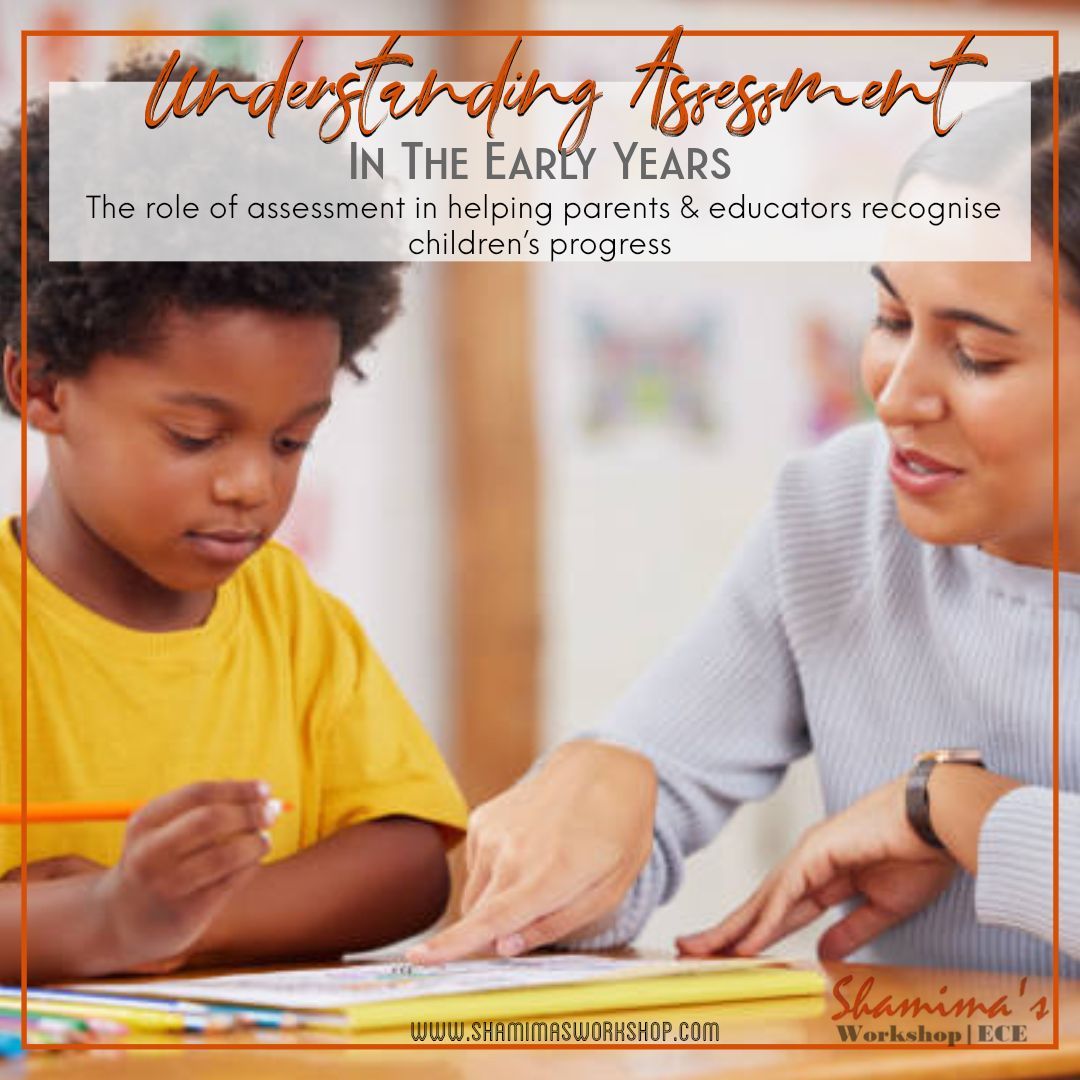Below factors that influences on child development:
It can be challenging to predict the effects of any one factor on the overall development of children because there are so many variables that can affect their healthy growth and development.
1. Genetic influences:
Our chromosomes contain genes, which parents pass on to their children. Alleles, which refer to various variations of the same gene, are what determine features like eye colour as well as how diseases like cystic fibrosis are passed down through families. The development of a baby can also be impacted by the pregnancy, labour, and postpartum periods. A woman may not even be aware that she is pregnant during the first few weeks of pregnancy, but the first 12 weeks of a baby's life in the womb are crucial because this is when all of the baby's vital organs are developing.
Antenatal:
the period between conception and birth: the mother's deit; whether or not she smoked or consumed alcohol; and whether or not she was in good physical and mental condition are all variables that could have an impact on the development of the child.
Perinatal: A baby who is born prematurely (before 37 weeks of gestation) may require intensive care and may experience developmental issues. Perinatal: the time of birth. Future development can also be impacted by issues related to the birth itself, such as the baby not receiving enough oxygen.
2.Economical Influences:
Various factors negatively impact children. Its relationship between health and development is closely interrelated and makes up a cycle of deprivation. For instance, low-income families frequently live in subpar housing and may eat poorly. The single greatest threat to the health and development of children is a lack of sufficient minerals and vitamins because a poor diet increases susceptibility to infectious diseases. Every aspect of a child's development, including their physical, intellectual, emotional, social, and spiritual growth, can be impacted by living in poverty.
Accident and illness:
Children from lower socioeconomic classes have nearly twice the rate of long-term illness and are four times more likely to die in an accident than children from higher socioeconomic backgrounds.
Life quality:
A third of poor children don't get the food or clothing they need twice a day.
Who have an unbalanced diet: A large, well-designed study of adolescents showed that “healthier” dietary patterns contributed to better mood, and “unhealthy” dietary patterns led to poor mood. Eating regular meals helps to regulate blood sugar. This may influence some of the hormones that control our mood and ability to concentrate. For this reason, poor mood and behaviour are often observed in children who have been without food for too long (for example, children who haven’t eaten breakfast).Having a low income makes it more likely that children will pass away and that their health will suffer. We are also more likely to carry over childhood eating habits into adulthood. This means that children who consume mostly fast food will probably continue eating it when they move out of the house. A poor or unbalanced diet has been linked to a number of childhood illnesses, including anaemia and an increased risk of bronchitis and other infections.
Space to live and play: All children need to play, and young people need to have leisure time opportunities like playing a sport, a musical instrument, or joining a club. Children from low-income families are more likely to reside in subpar housing and in neighborhoods with few stores and other amenities, where there is little to no safe space for them to play.
Growth:
They have a higher likelihood of being born smaller and shorter in height.
Education:
Children who are raised in poverty are less likely to succeed academically and have terrible attendance records.
Long-term effects :
Long-term effects include an increased risk of adult illness, unemployment, and homelessness. They have a higher propensity to engage in criminal drug and alcohol abuse. They have a higher propensity to engage in abusive relationships.
3.Family environment and background:
Parental health a lifestyle:
Family and culture have a significant impact on how social and emotional development occurs in children. The majority of parents provide their children loving environments, but there are some parents who, for a variety of reasons, are unable to give their children the stable foundation they require. Common issues that arise in the home when one or both parents declare their children to be at risk for issues with the mind, like depression, drug abuse, especially alcoholism or domestic violence and marital conflict.
Parents not available to their children:
Parents who abuse substances and are frequently absent both physically (because they are out looking for drugs) and emotionally from their children may not be present for them (because they are intoxicated). They are not accessible to the children in either case. Long-working parents might also be unavailable to their children.
Poor parenting skills:
Substance abuse is frequently, but not always, linked to poor or insufficient parenting skills. Physical neglect, emotional neglect, or unpredictable parental behaviour, such as lurching between too much and too little discipline and mood swings—being very affectionate or very distant—can all be signs of this. As a result, there is inconsistent parenting, which can confuse and harm the child. Some parents lack the necessary parenting abilities, such as being unable to cook.
4. Health:
Infection:
There are numerous infections and illnesses that can harm children's health and development during childhood. Rubella, diphtheria, and tetanus are some of the infections that can be prevented through childhood immunizations. These infections can also have long-term effects on a child's health.
Diet:
A poor or unbalanced diet has been linked to a number of conditions that can develop in children. Lack of growth or faltering growth refers to inadequate physical development. Dental hygiene or decay is linked to high sugar intake from snacks and carbonated beverages. Overweight- obese children are more likely to develop into obese adults. Nutritional anaemia - brought on by inadequate iron, folic acid, and vitamin B12 intake. Increased susceptibility to infections- especially respiratory illnesses of the upper respiratory tract like the flu and bronchitis.
5. Emotional and social influences:
despite appearing physically healthy, a child who is miserable and unhappy is not developing in a healthy way. All children require receiving unwavering love and affection from their parents or other primary carriers, to feel safe and secure and too little or too much stimulation can have an impact on a child's healthy growth and development.
6. Cultural influences:
Each family and community has unique values, opinions, and convictions that influence how kids are related to, handled, and urged to behave. Additionally, this culture includes elements of religion and spirituality. The emotional and social development of a child is shaped by the culture in which they are raised. Boys and girls may be treated very differently in some families, which may also have an impact on the child's growing sense of self.
7. Personal decisions:
young people's lifestyle decisions can also have an impact on how well their brains develop. For example, young people may decide to smoke, drink alcohol, or use drugs, all of which can affect the health of their brains. It can be challenging to break these lifestyle habits, which create unhealthful patterns for future generations.
8. Chronic health condition
Many long-term conditions develop during childhood; these children are more likely to develop mental health conditions and should be supported to navigate the transition from child to adult health services. Such as asthma, epilepsy diabetes, cancer and disability / additional learning needs. Research finds that children who live with an ongoing chronic illness might be at a disadvantage when they start school, experiencing delays in their social, emotional, language and cognitive skills, communication and general knowledge, and physical wellbeing.
It doesn't always follow that children who do things earlier than the developmental milestones suggest is normal will be exceptional or gifted in any way. Sometimes parents mistakenly believe that their child is gifted because they speak early, are potty-trained early, or start working early. Be careful how you handle these situations because they might not even be gifted. Children may at any time throughout their lives require extra assistance in the nursery or classroom. This could be done at any time, for any reason, and for any period of time. Some developmental issues, like a hearing impairment related to surgery, are transient and only call for temporary assistance.

